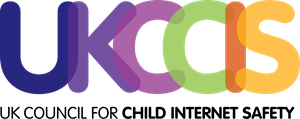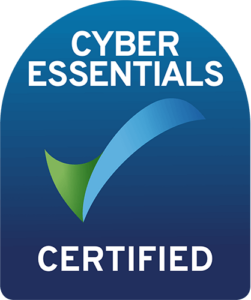In this article, the fifth installment of our online safety series, we venture into the expansive world of Social Media.
This realm represents the most substantial area concerning Content, Contacts, Conduct and Commerce – mainly due to the multitude of applications available.
Social media serves as a significant part of our lives, allowing us to engage with various platforms for different purposes.
Social Media at a Glance
Let’s simplify the complex landscape of social media. At its core, social media revolves around being social – making ‘Contact’ a prominent aspect.
Regardless of the platform, most social apps function similarly, albeit with minor variations. They allow text, images, prerecorded videos, and live videos to be shared, with the essential sharing settings being public or private.
Age Restrictions on Social Media
These platforms often impose age restrictions, with the most common being 13. However, it’s essential to note that these restrictions are more about advertising laws than child protection.
This stems from The Children’s Online Privacy and Protection Act of 1998, a U.S law. Consequently, it is not and has never been illegal for a person under 13 to have a social media account.
App Safety: A Matter of Use and Users
Debunking a common myth – no app is inherently dangerous. The risk lies in how they’re used and by whom. Every app contains content deemed inappropriate for children and young people. Labeling an app as dangerous might be well-intentioned but, in essence, it is meaningless.
We must again consider the 4C’s of online safety—Content, Contact, Conduct and Commerce—to determine if a platform is suitable for a child, bearing in mind the age restrictions.
Live Streaming: An Emerging Concern
Live streaming—children and young people broadcasting themselves live to others—poses a growing concern. This feature is offered by various platforms, including dedicated ones like TikTok and popular ones like Facebook, YouTube, and Instagram, and primarily falls under the Conduct aspect of the 4C’s.
In 2018, the Internet Watch Foundation expressed significant concerns about exploitation and grooming via live streaming, and their worries escalated in January 2020. Troubling trends emerged, such as girls aged between 11 and 13 performing acts for ‘likes’ in their live streams.
Shockingly, a third of the illegal captures they now see are self-generated by the children themselves, underlining the gravity of the situation. While this falls under Conduct, it’s vital to remember that these young people are victims.
Opening Up Dialogue About Social Media
For those unfamiliar with it, social media can seem overwhelming.
At its core, it is simply a communication tool, albeit one that exposes users to the best and worst of humanity. Naturally, concerns arise around mental health and well-being, among other areas beyond the scope of this series.
However, rather than simply lecturing students about the risks and issues, it’s crucial to engage them in open discussions about their experiences.
Encourage them to share their worries and discuss why some people become ‘keyboard warriors’ when behind a screen. The online disinhibition effect by Professor John Suler provides an interesting talking point.
Final Thoughts
While this overview is simplistic, it aims to provoke thoughtful discussions about social media.
In our sixth and final installment of this series about online safety, we will offer helpful tips for school leaders navigating the vast and often daunting digital landscape – Helpful Online Safety Tips for School Leaders






